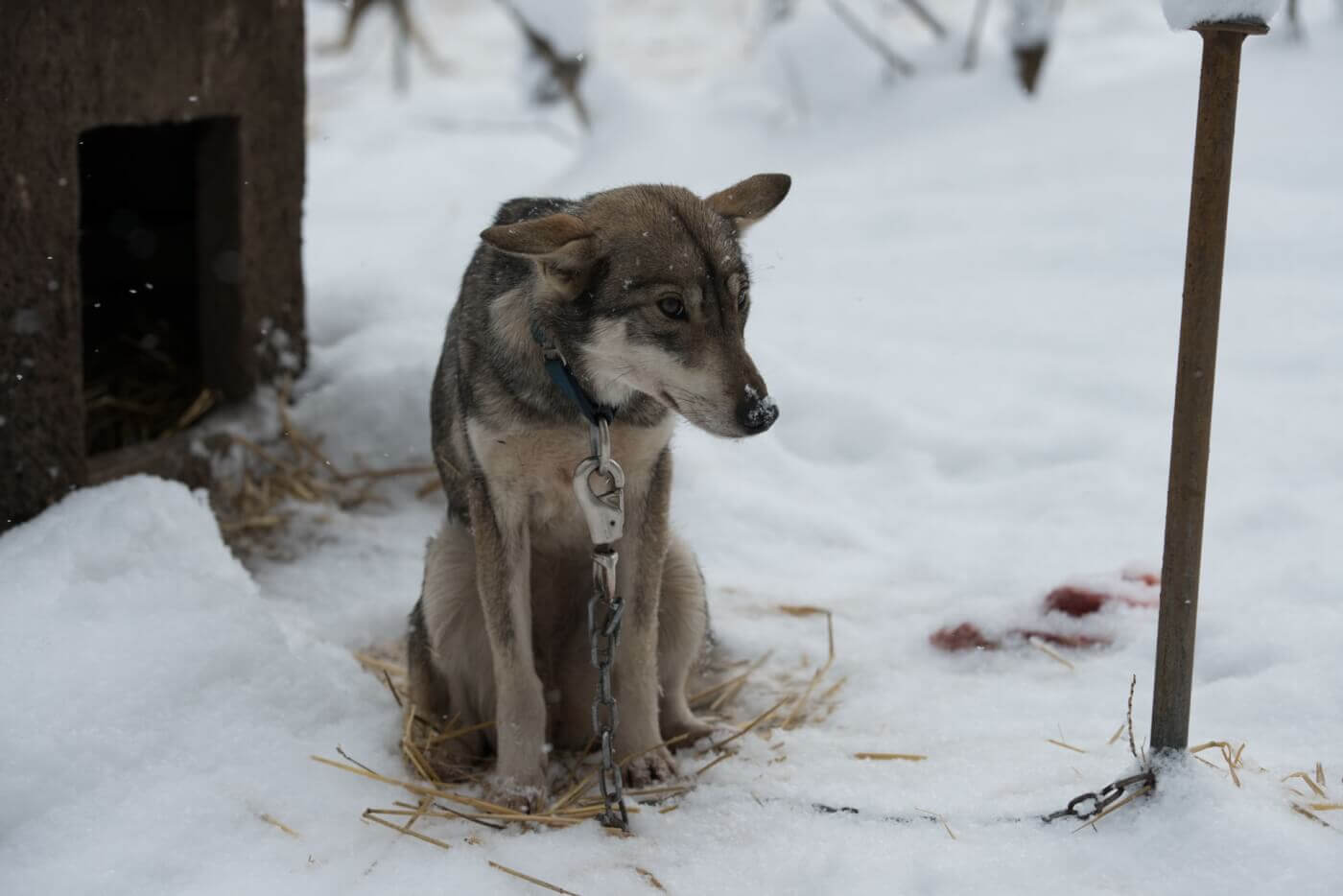What Dogs Endure for the Deadly Iditarod Will Leave You Outraged
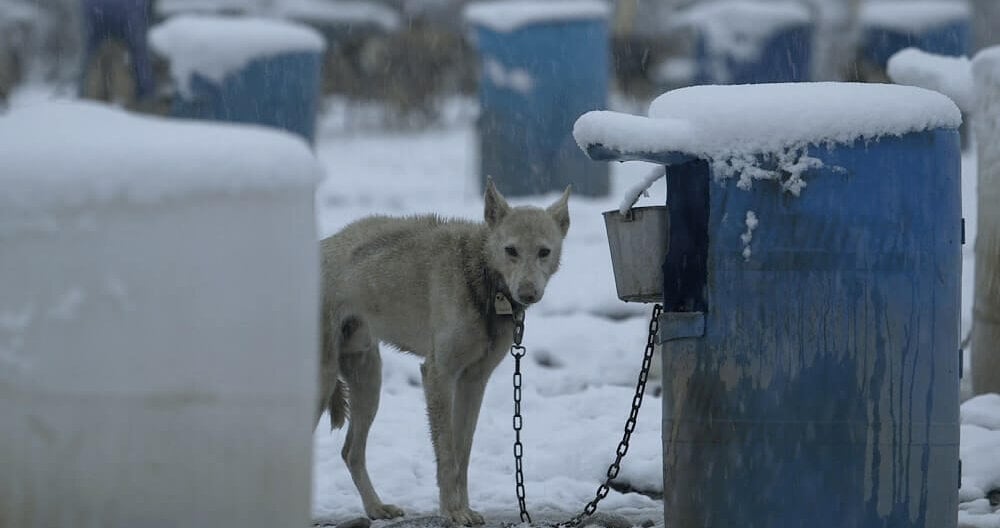
It’s been reported that in the first Iditarod race, at least 15 dogs died. The body count has continued to pile up since then, and other dogs barely make it out alive.
Consider the 2024 race: Three dogs—named Henry, George, and Bog—were forced to run so fast and so hard that their bodies broke down and they collapsed and died on the trail. Even before the race began, five dogs were killed and eight others were injured during training. More than 200 dogs were pulled off the trail due to exhaustion, illness, injury, or other causes, including Faloo, who had to be airlifted for emergency surgery after her musher prioritized winning over getting her immediate veterinary care.
Discover 10 reasons why the Iditarod is a deadly nightmare for dogs forced to race:
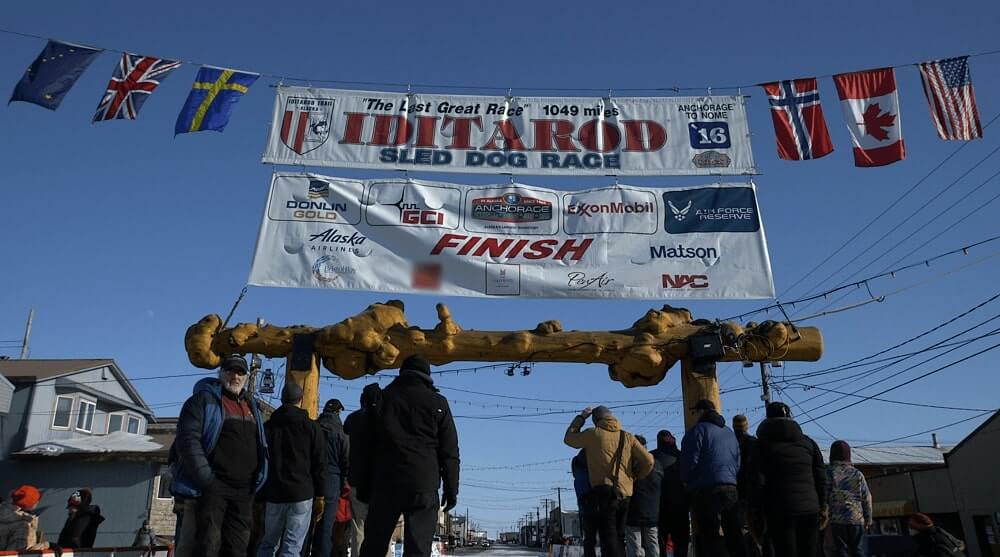
1. Dog deaths in the Iditarod are so routine that the official rules call some of them an “unpreventable hazard.”
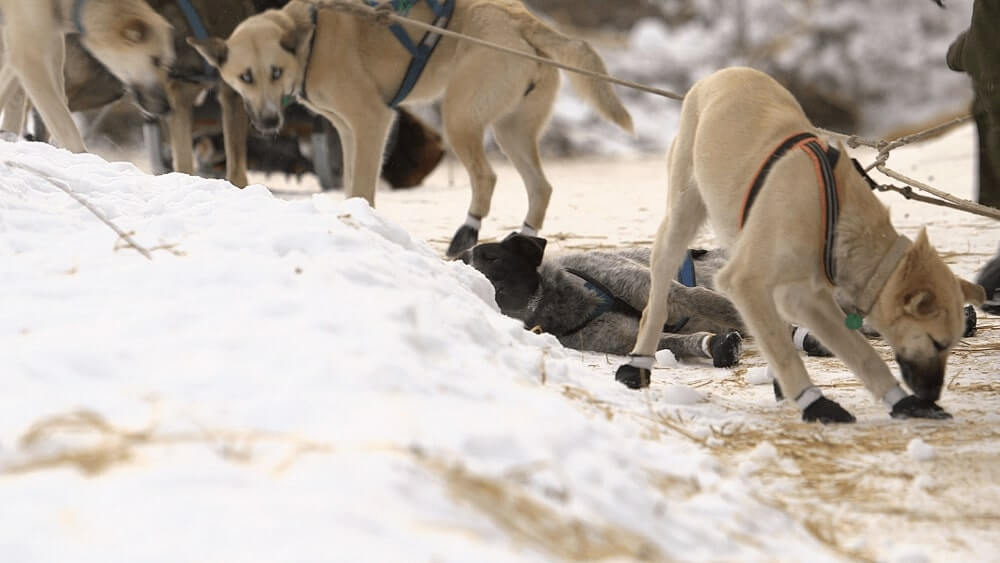
The Iditarod has killed more than 150 dogs since it began in 1973. Five died in 2017 alone. In just the last decade, dogs competing in the event have died from various causes, including asphyxiation, heart attacks, trauma from being struck by a vehicle, freezing to death, excess fluid in the lungs, and acute aspiration pneumonia—caused by inhaling vomit.
2. If the dogs don’t die on the trail, they’re left permanently scarred.
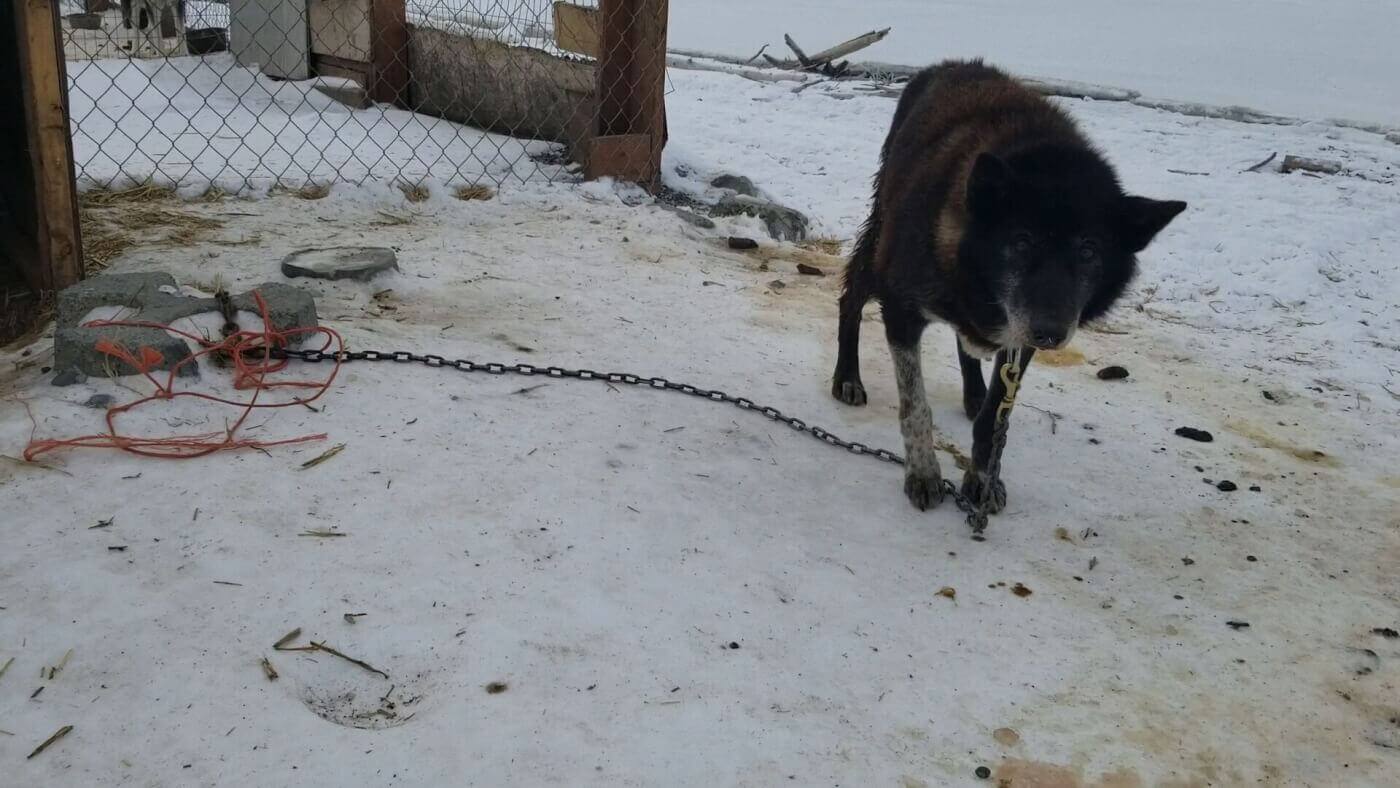
The American Journal of Respiratory and Critical Care Medicine reported that more than 80% of the dogs who finish the Iditarod sustain persistent lung damage. A study in the Journal of Veterinary Internal Medicine showed that dogs forced to take part in endurance racing had a 61% higher rate of stomach erosions or ulcers. And in a paper in Medicine & Science in Sports & Exercise—the official journal of the American College of Sports Medicine—researchers concluded that dogs used in sled races suffer from airway dysfunction similar to “ski asthma” (an asthma-like condition caused by intense exercise in cold weather), that persists even after four months of rest.
3. There’s no retirement plan.
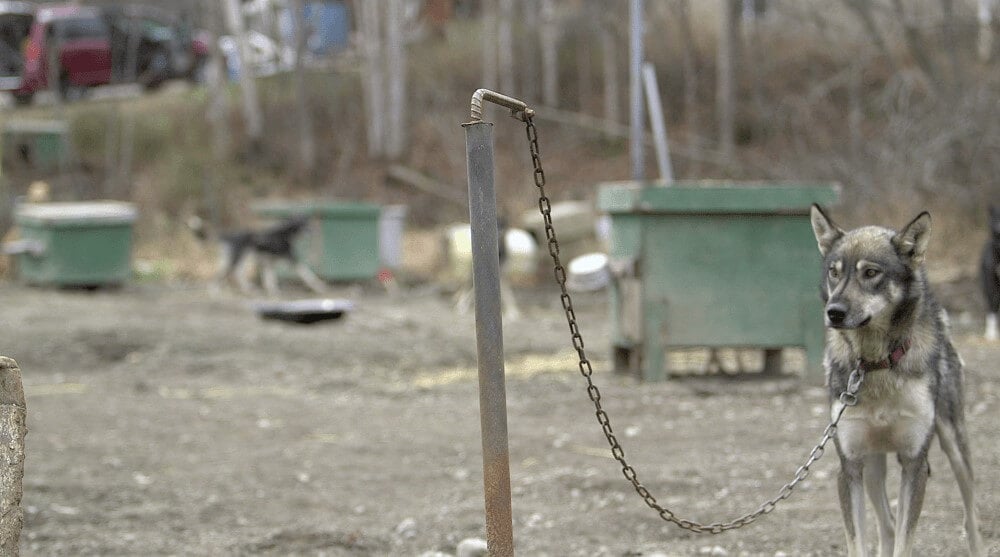
Breeders of dogs used in sledding have freely admitted that “surplus” dogs are killed. They may be killed if they aren’t fast or fit enough for competition or if they don’t meet certain aesthetic standards—for example, if they have white paw pads. Dogs who finish the race but are no longer useful to the industry may be shot, drowned, or abandoned to starve.
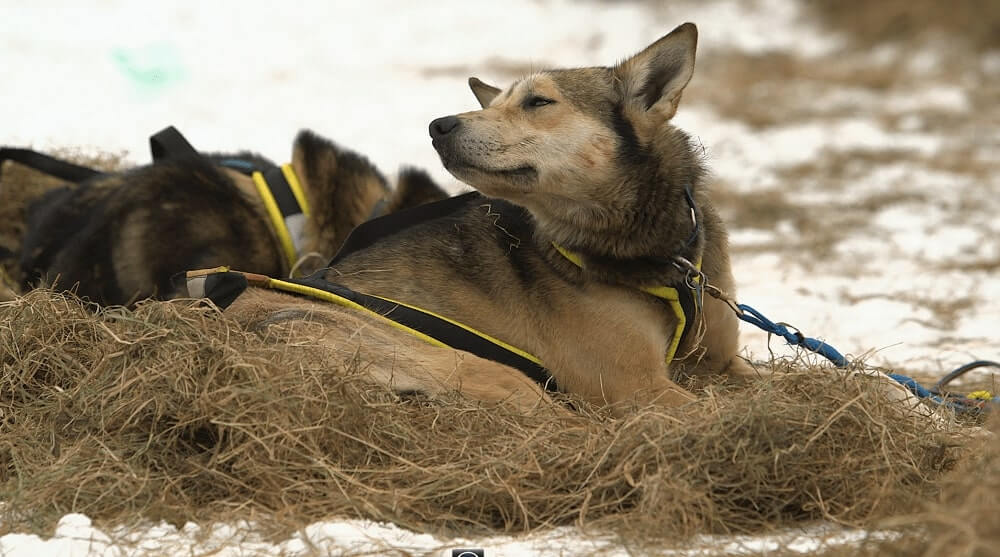
4. Even when the race ends, dogs’ misery doesn’t.
A PETA eyewitness worked at two dog kennels owned by former Iditarod champions and found widespread neglect and suffering there. Dogs were denied veterinary care for painful injuries; kept constantly chained in the bitter cold with only drafty, dilapidated boxes or plastic barrels for “shelter”; and forced to run even when they were exhausted and dehydrated.
5. Dogs pull mushers’ sleds up to 100 miles a day.
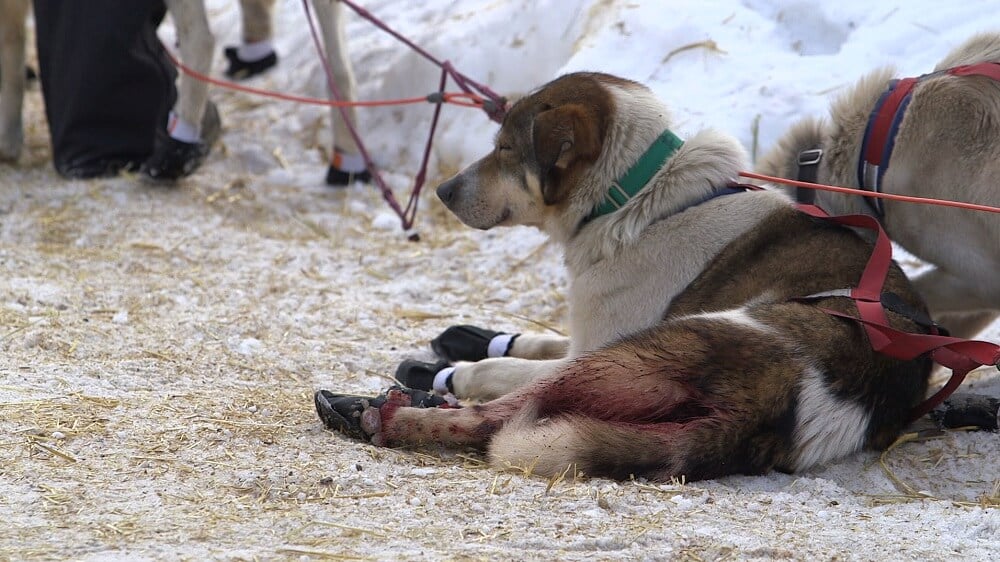
During the race, they’re expected to run approximately 1,000 miles in less than two weeks, and race rules mandate only 40 hours of rest over the entire span of the event. They’re prohibited from taking shelter during any part of it, except to undergo veterinary exams or treatment.
6. As many as half the dogs who start the Iditarod don’t finish.

Injured, sick, and exhausted dogs are often “dropped” at checkpoints, but event rules require that only dogs who started the race be allowed to finish, meaning that the remaining animals must work under even more grueling circumstances, pulling additional weight.
7. No dog would choose to run in this arctic nightmare.
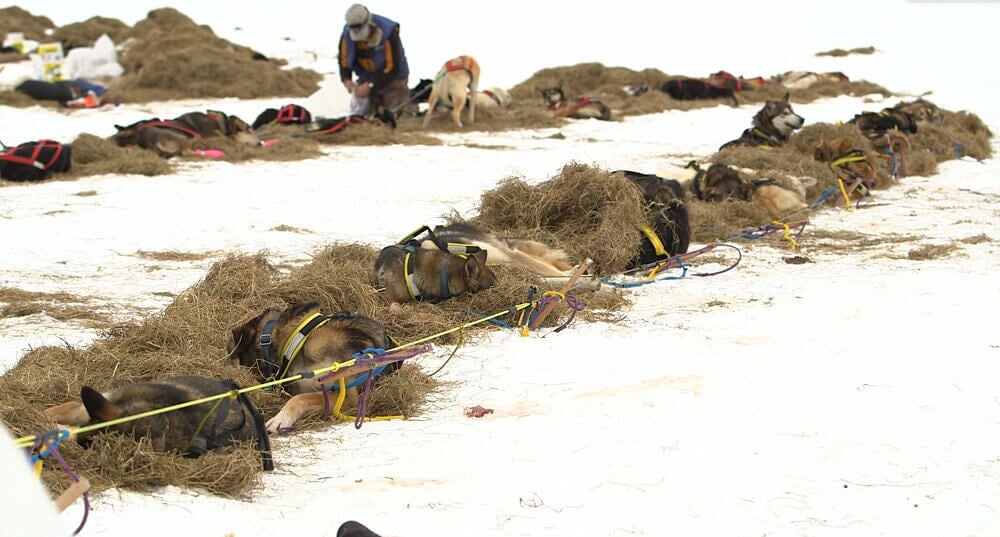
Orthopedic injuries are the number one reason that dogs are “dropped” from the Iditarod—which makes it clear that no dog, regardless of breed, is capable of handling the grueling race on ice and through wind, snowstorms, and subzero temperatures. Even wearing booties, many incur bruised, cut, or swollen feet. They also suffer from bleeding stomach ulcers, pull or strain muscles, and sustain other injuries.
8. Thousands of dogs are bred each year for sled racing.
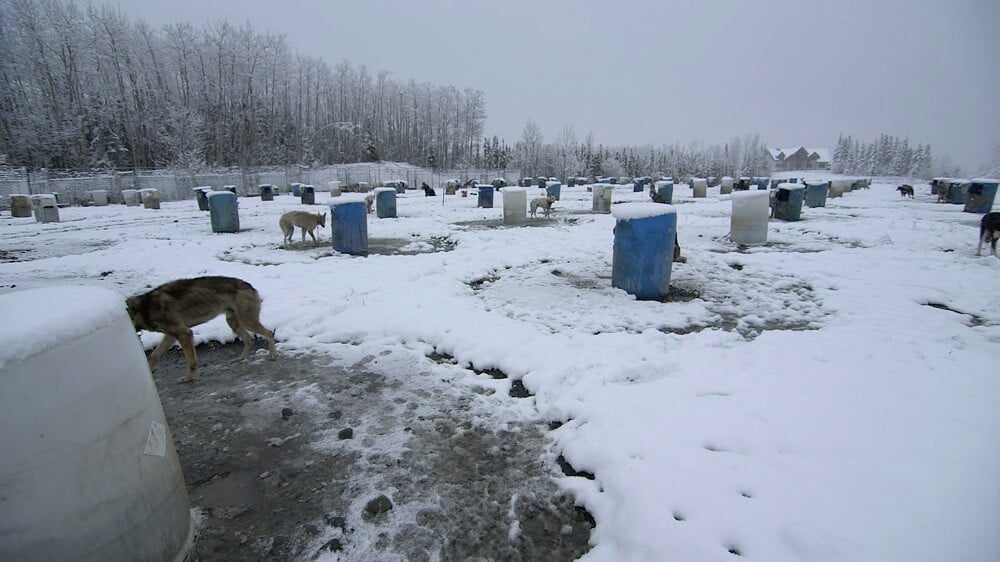
While only a few hundred dogs raised for the race will ultimately be deemed fit enough to compete, many more will be kept tethered and chained for most of their lives, some with nothing more than a dilapidated plastic crate as their shelter.
9. Dogs at dog-sled breeding compounds have died of numerous ailments.
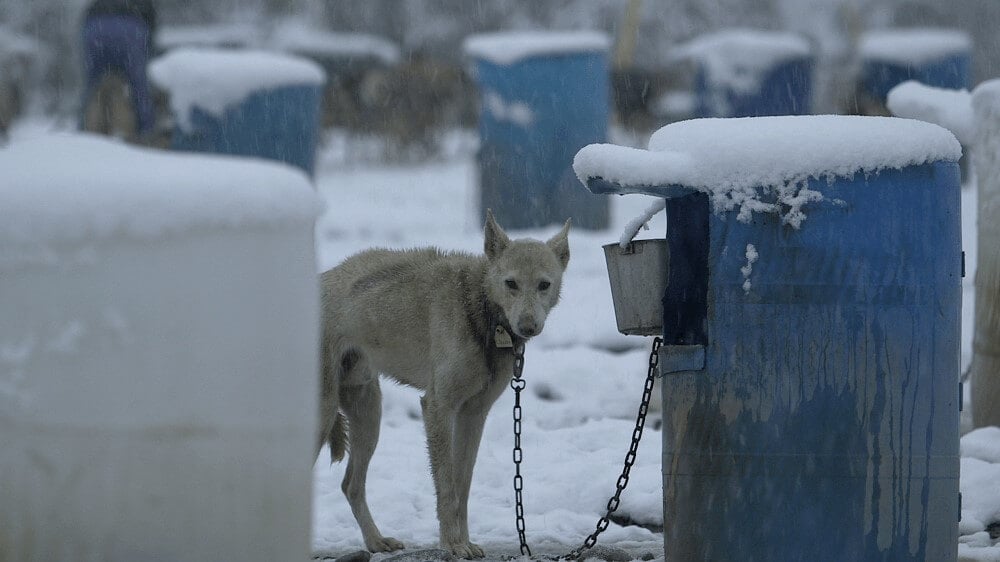
Some have frozen to death, while others have died of complications from eating rocks—presumably a result of the intense frustration of spending years on a chain.
10. Mushers can “rent” dogs for the race like sporting equipment.
Some of the dogs used in the race are “rented” out by mushers to other mushers, as if they were mere sporting equipment. This means that a musher with dogs on the trail may barely know them, which can make it more difficult for the musher to notice issues that could be life-threatening for the dogs. At least two of those who died in the 2024 event belonged to mushers other than the ones who were racing them.
The infamous Seavey family dominates the Iditarod. At least 10% of the dogs forced to run in the 2024 race reportedly came from its cruel kennels. It’s not uncommon for notorious mushers to use others’ dogs and run them into the ground, such as in 2022 when Hugh Neff was forced to quit after the dogs he was using from Jim Lanier’s kennel were found in such poor condition that they couldn’t continue.
Dogs Deserve Far Better Than a Lifetime of Isolation, Cruelty, Suffering, and Death on the Iditarod Trail
Urge the Blood Bank of Alaska to stop sponsoring the Iditarod. Once you take action, an alert targeting a different company affiliated with the deadly race will appear. Each time you click the “Send Message” button, another company sponsoring cruelty to dogs will get a letter from you asking it to end its support.

